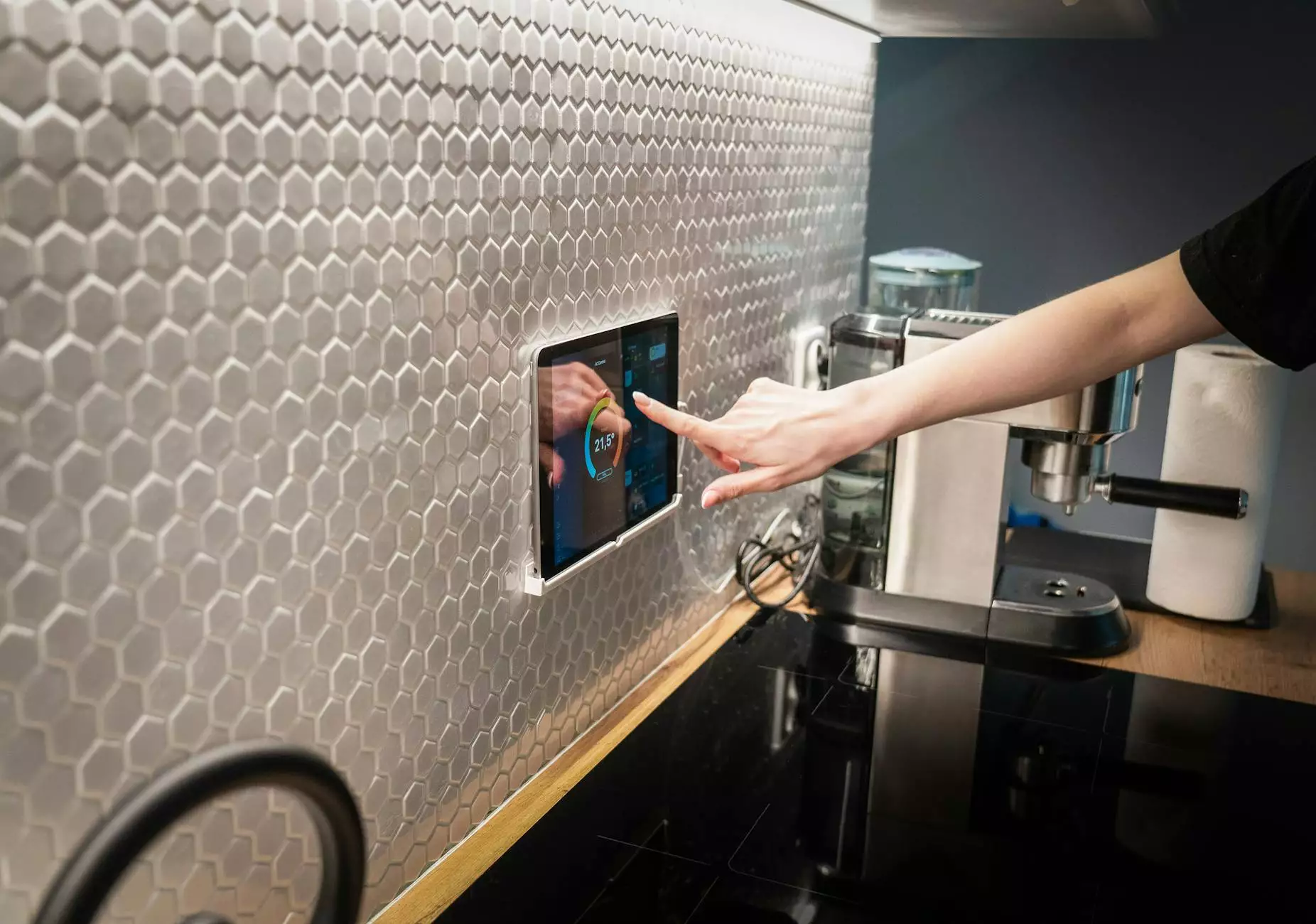Commercial Pool Plastering: The Ultimate Guide

When it comes to maintaining a stunning and durable swimming pool, commercial pool plastering is an essential service that can significantly enhance the appearance and functionality of your pool. Whether you operate a hotel, community center, or any commercial facility with a pool, understanding the intricacies of pool plastering will help you make the best decisions for your facility.
What is Commercial Pool Plastering?
Commercial pool plastering refers to the process of applying a layer of plaster to the interior surfaces of a swimming pool, providing a smooth, visually appealing finish while also protecting the structure from wear and degradation. This layer is crucial because it creates a water-tight barrier and enhances the overall aesthetic of the pool.
Why is Pool Plastering Important?
- Durability: A well-applied plaster finish can last for years, offering long-term protection against pool chemicals and environmental conditions.
- Aesthetic Appeal: Freshly plastered pools look inviting and can greatly enhance the ambience of your commercial space.
- Surface Protection: Plastering provides a smooth surface that reduces algae growth and makes cleaning easier.
- Cost-Effective Maintenance: Regular plaster maintenance prolongs the life of your pool and minimizes costly repairs down the line.
Types of Pool Plaster
Understanding the different types of plaster materials available is crucial for making an informed choice. Here are some of the most common types used in commercial pool plastering.
1. Traditional White Plaster
This is the classic pool plaster made from a mixture of cement, water, and marble dust. It is highly popular due to its affordability and effectiveness. Traditional white plaster gives pools a clean, bright look but can be prone to staining and requires regular maintenance.
2. Aggregate Plaster
Aggregate plaster includes small stones or pebbles mixed into the plaster. This option is more durable and resistant to staining, making it a favored choice for commercial pools.
3. Quartz Plaster
Quartz plaster is a blend of quartz crystals and cement that provides exceptional durability and a rich texture. It allows for various color options and is highly resistant to pool chemicals.
4. Pebble Tec
Pebble Tec is a premium plaster finish that features natural pebbles mixed into the plaster. This option offers a unique aesthetic and high durability, making it an excellent choice for high-traffic commercial environments.
Steps Involved in Commercial Pool Plastering
Understanding the commercial pool plastering process helps pool owners determine the best maintenance schedule and recognize quality work when they see it. Below are the typical steps involved:
1. Preparation
Before plastering begins, the pool must be drained and thoroughly cleaned. Any existing plaster should be removed, and cracks repaired to ensure a solid foundation for the new plaster.
2. Mixing the Plaster
The blending of the plaster ingredients must be done in the right proportions to ensure a consistent application. Each type of plaster has specific mixing instructions that must be followed.
3. Applying the Plaster
The plaster is applied in layers, usually starting from the deep end of the pool and working toward the shallow end. This helps facilitate a smoother finish. A pool trowel or spade may be used for application.
4. Finishing Touches
After the plaster has been applied, finishing touches are added to ensure a smooth surface. This includes smoothing out any rough spots and ensuring consistent thickness throughout.
5. Curing the Plaster
Curing is a critical step that allows the plaster to set. The curing process varies depending on the plaster type but typically involves filling the pool with water and maintaining specific water levels to ensure even curing.
Choosing the Right Contractor for Pool Plastering
Finding the right contractor for commercial pool plastering can make a significant difference in the quality of work. Here are some tips for choosing a reliable contractor:
- Experience: Look for a contractor who specializes in commercial pool plastering and has a solid portfolio of completed projects.
- Reviews and References: Read reviews and ask for references to get an idea of the contractor’s reliability and quality of work.
- Licensing and Insurance: Ensure the contractor is licensed and insured to protect yourself from liability.
- Detailed Estimates: A reputable contractor should provide a detailed estimate outlining all costs associated with the plastering process.
Maintaining Your Plastered Pool
Once you have invested in commercial pool plastering, proper maintenance will help prolong the life of the plaster. Here are some essential maintenance tips:
1. Regular Cleaning
Keep the pool clean by regularly brushing the walls and floor to prevent algae buildup. Use suitable cleaning chemicals to maintain the water balance.
2. Monitor Water Levels
It is essential to maintain proper water levels, as fluctuating levels can put stress on the plaster. Consistently check levels and adjust as needed.
3. Regular Inspections
Conduct regular inspections for any signs of damage, such as cracks or discoloration, and address them promptly to prevent further deterioration.
4. Professional Maintenance
Consider hiring a professional for annual inspections and maintenance to ensure the plaster remains in optimal condition.
Conclusion: The Benefits of Commercial Pool Plastering
Investing in commercial pool plastering is not just about aesthetics; it’s a critical component of pool maintenance that can prolong the life of your facility's water features and improve the experience for guests or patrons. By choosing the right materials, understanding the plastering process, and selecting a reputable contractor, you can ensure that your pool remains a valuable asset for years to come.
For more information about commercial pool plastering or to schedule a consultation, visit poolrenovation.com.









